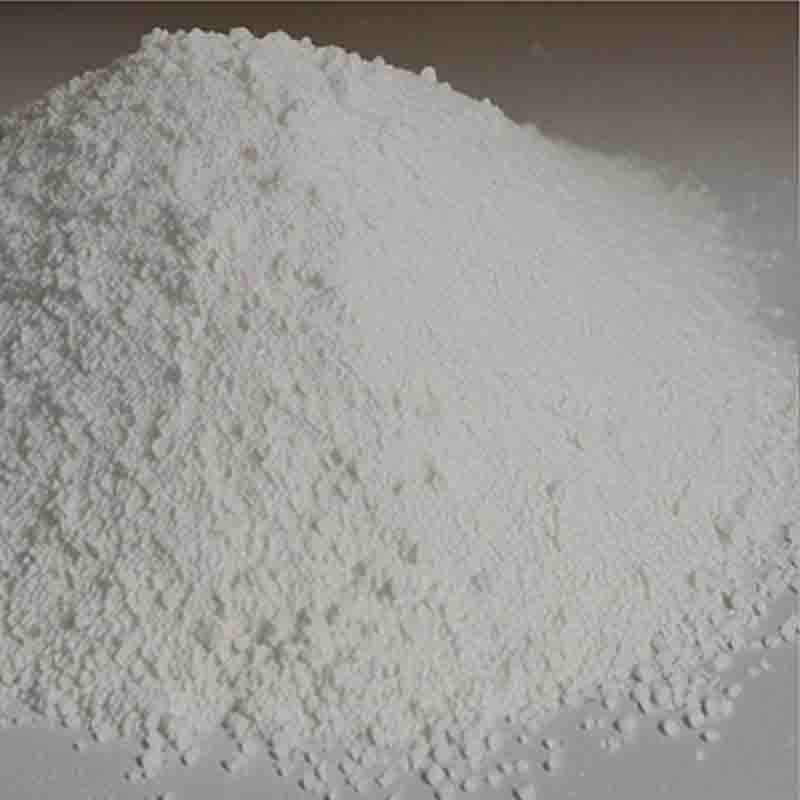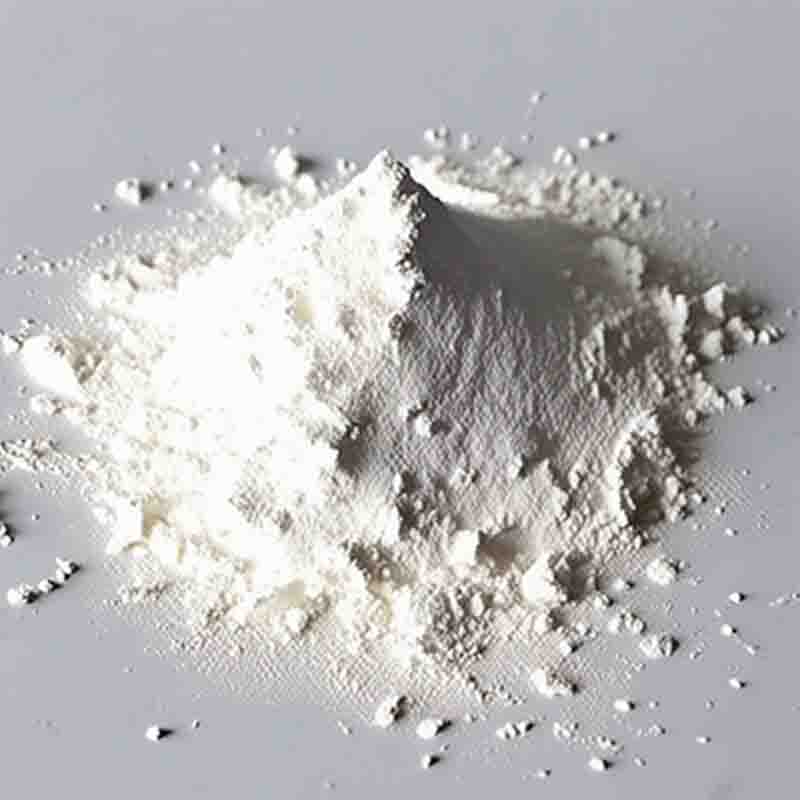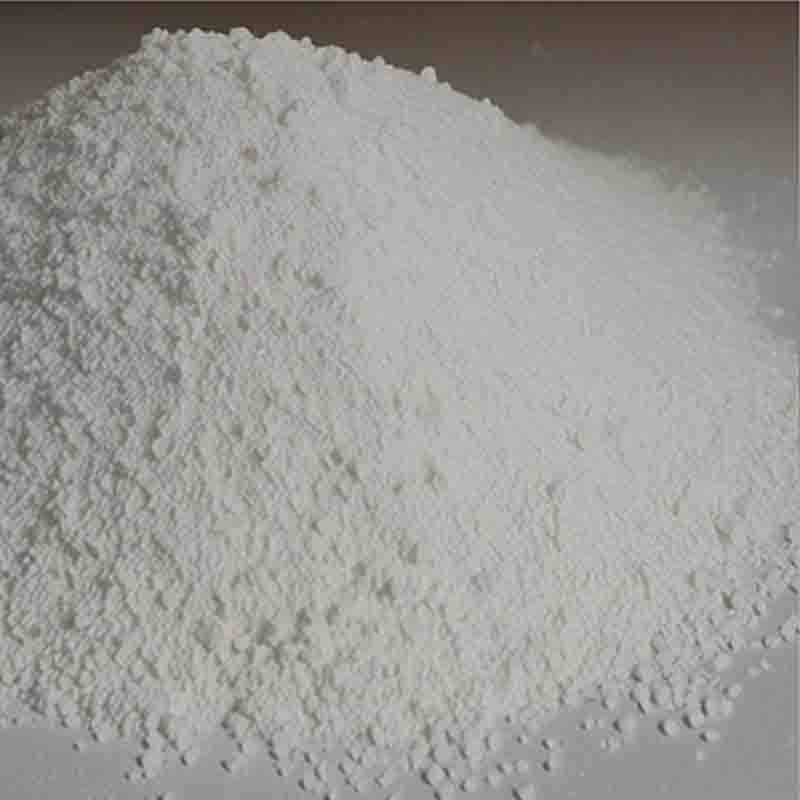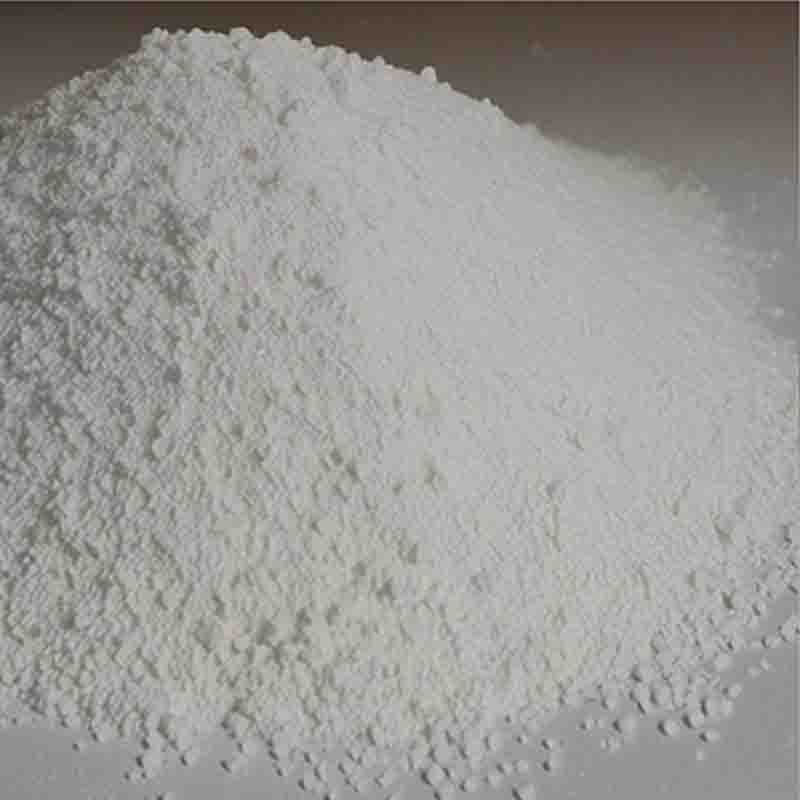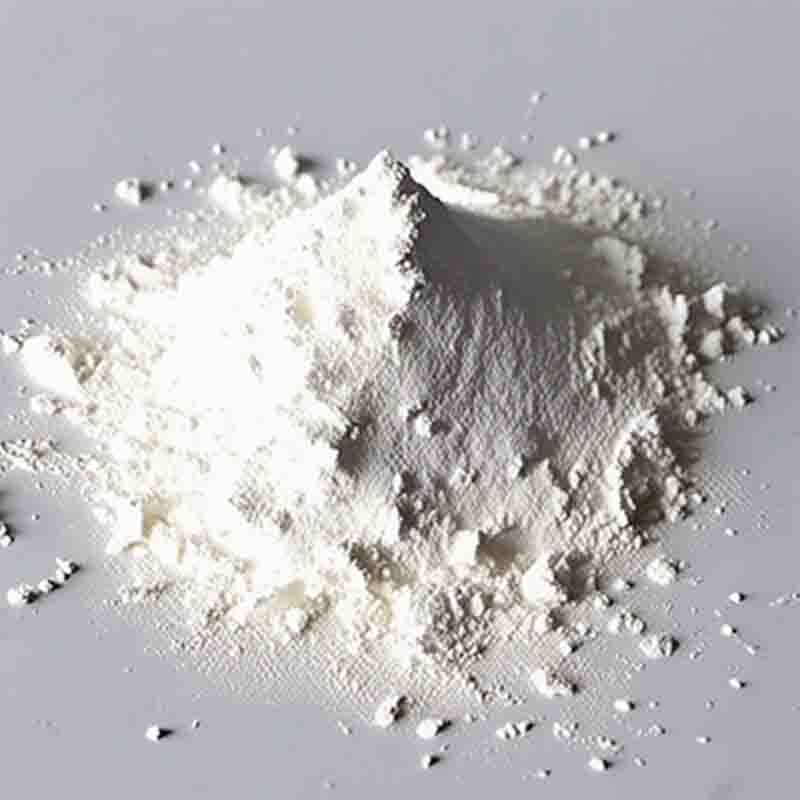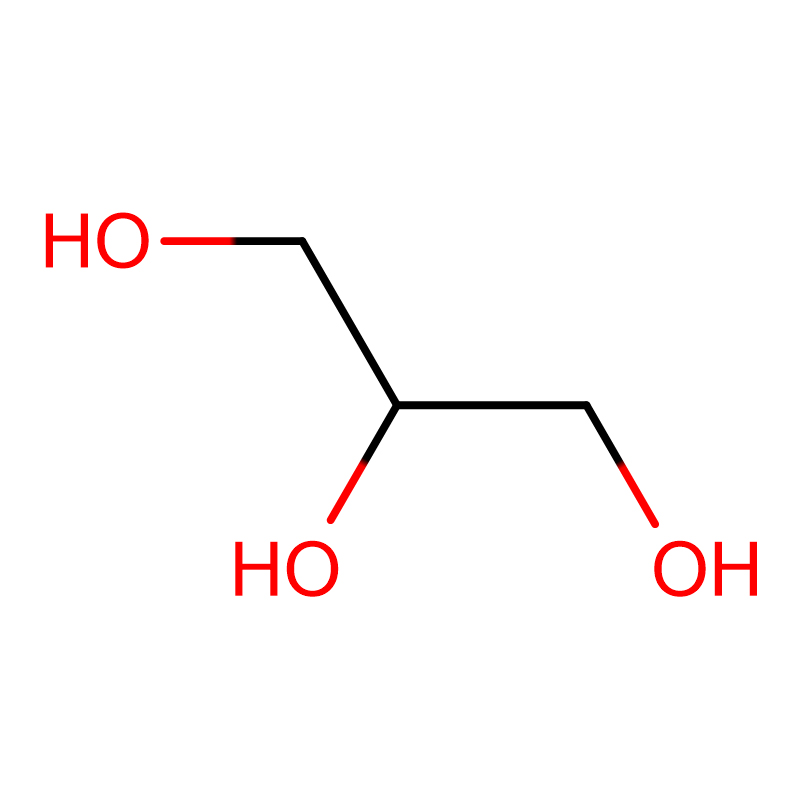5-(Acetamido)-N,N’-bis(2,3-dihydroxypropyl)-2,4,6-triiodo-1,3-benzenedicarboxamide CAS:31127-80-7
| Catalog Number | XD95535 |
| Product Name | 5-(Acetamido)-N,N'-bis(2,3-dihydroxypropyl)-2,4,6-triiodo-1,3-benzenedicarboxamide |
| CAS | 31127-80-7 |
| Molecular Formula | C16H20I3N3O7 |
| Molecular Weight | 747.06 |
| Storage Details | Ambient |
Product Specification
| Appearance | White powder |
| Assay | 99% min |
The chemical compound 5-(Acetamido)-N,N'-bis(2,3-dihydroxypropyl)-2,4,6-triiodo-1,3-benzenedicarboxamide, also known as ADP-I, is a complex substance that has various biological effects and therapeutic applications.One of the main uses of ADP-I is as a contrast agent in medical imaging, particularly in computed tomography (CT) scans. ADP-I contains iodine atoms, which have a high atomic number and therefore absorb X-rays, making them useful in enhancing the visibility of certain body structures in imaging procedures. This compound gets selectively concentrated in certain organs, such as the liver and spleen, allowing for better visualization and improved diagnostic accuracy.In addition to its imaging properties, ADP-I has been studied for potential therapeutic applications. One such area of investigation is its use in targeting specific tumors. Because ADP-I can selectively accumulate in certain tissues, it can be potentially used to deliver medication directly to cancerous cells. Researchers are exploring the possibility of conjugating ADP-I with anticancer drugs to improve drug delivery and enhance the efficacy of chemotherapy treatments.ADP-I has also shown promise in antimicrobial applications. In particular, studies have demonstrated its efficacy against various bacteria and fungi, including drug-resistant strains. The compound's ability to inhibit the growth of these microorganisms suggests its potential as an antimicrobial agent for the treatment of infections.Furthermore, ADP-I has been investigated for its antioxidant properties. Oxidative stress, which occurs when there is an imbalance between the production of reactive oxygen species and the body's ability to neutralize them, is implicated in various diseases. ADP-I has been shown to scavenge free radicals, reducing oxidative stress and potentially offering protective effects against cellular damage.However, it is important to note that while ADP-I has shown promise in various areas, further research is needed to better understand its mechanisms of action, optimize its dosage, and evaluate its long-term safety and efficacy. Additionally, as with any chemical compound, ADP-I should only be used under the guidance and supervision of healthcare professionals, and its use should be based on individual patient considerations and specific medical needs.In conclusion, 5-(Acetamido)-N,N'-bis(2,3-dihydroxypropyl)-2,4,6-triiodo-1,3-benzenedicarboxamide (ADP-I) has demonstrated utility as a contrast agent in medical imaging and has shown promising potential in tumor targeting, antimicrobial applications, and antioxidant effects. Continued research will help uncover its full therapeutic potential and further establish its safety and efficacy for various medical applications.


